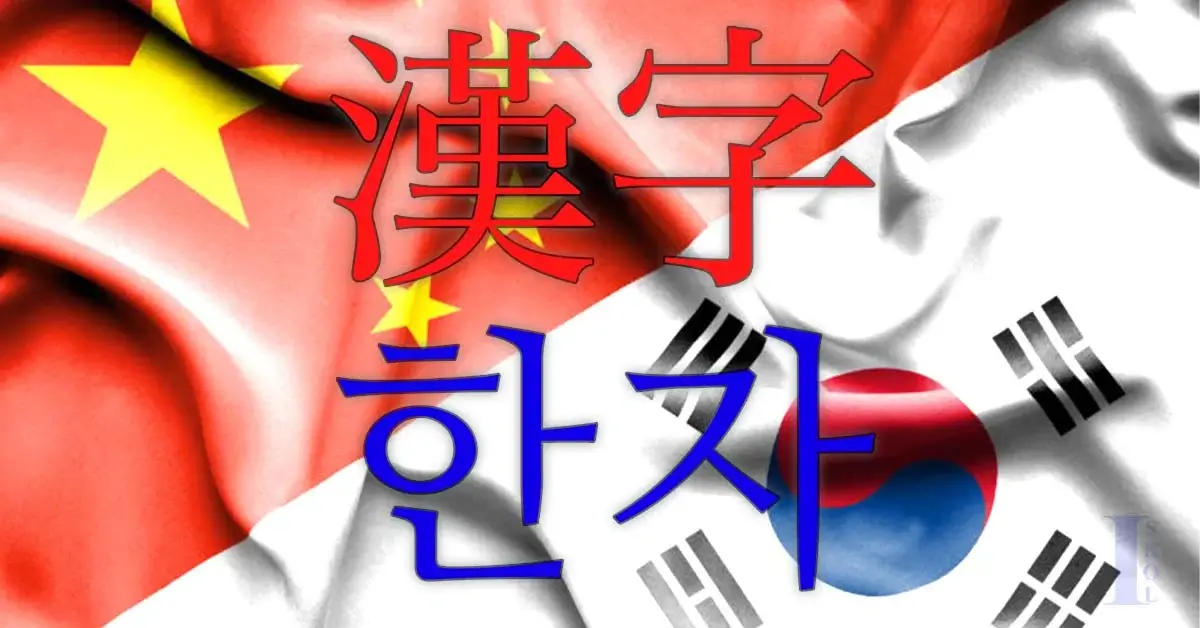The Korean language has emerged as an important language of recent years with the south and north Korea rocking the world’s economy with a massive contribution. The Korean language has also become one of the top choices for new learners to learn and go to the country to explore opportunities. It is the native language of up to 82 million people, most of whom have arrived from Korean descent. It is the official and national language of Korea i.e. south and North. The language initially remained standard but the increasing and ongoing political conflicts caused the differences. Other than in Korea, the Korean language also reflects the language of minorities in a few parts of China. A few of the relatives of this language include the Jeju language and the old variant of the Korean language itself.
Professional Korean translation services are popular in China and the neighboring countries where they have to seek professional translation to tap the Korean market as per the business norms practiced there. Chinese language on the other hand has a much stronger profile. It comes from the Sino-Tibetan language family and has its speakers in billions. The Chinese market has taken over the global market and has established itself as the world’s most promising economy. This has also stimulated the need for translation services in Chinese for businesses who want to tap Chinese markets.

Chinese and Korean languages are two neighboring languages and have an old association. The creation of Hangul happened back in the 15th century. Before that, the Korean language did not have any writing system and Korean people used Chinese characters to write the scripts.
Similarities between Korean and Chinese
The affiliation of Chinese and Korean languages has come a long way. This has paved the way for the similarities and influence of both languages on each other. Moreover, Koreans can get involved in the Chinese language translation services as they understand the language.
Logographic writing system
The Korean and Chinese languages share great similarities. The Korean and Chinese also utilize the thousands of characters that they mention as Hanja in Korean and Hanzi in Chinese. They use all these words to represent the words, concepts, and thoughts. The shared writing system also offers a visual connection that connects the pronunciation and meanings after the diversion.
Cultural influence
The cultural influence of both languages is inevitable to each other. Both Chinese and Korean languages have a great cultural influence on each other. Chinese culture in particular had a great impact due to the centuries of interaction. This is particularly clear in the shared vocabulary and philosophical concepts. They have many practices similar when it comes to artistic expression. These similarities in these languages also help to chip in positively in the Korean and Chinese language translation services.
Sentence structure
Sentence structure is naturally similar because Korean people had no writing system til the 15th century and later it was developed with the help of Chinese characters. Though languages are not identical otherwise these follow subject-object-verb sentence structure which also reflects the grammar and word order.
It is imperative to be educated about the Korean writing system for professional Korean translation services. Hangul the Korean writing system was developed by the great fourth King Sejong. He took this initiative to improve literacy in 1443. It was tested for three years until 1446 when they made the Hangul an official writing system of Korea.
How both languages differ?
Among the similarities, differences also exist between Korean and Chinese languages because these are not related or associated with each other in terms of family group or linguistically.
Pronunciation
When we talk about the pronunciation, Korean is a phonetic language. It has 40 sounds, while Chinese as we all know is a tonal language. The tones and pitch can change the meaning and significance of the words. This fundamental difference creates a striking variation in terms of their accents and how they speak.
Grammatical features
They have this practice of adding suffixes to change the meaning in the Korean language. It has a complex verb feature, whereas the Chinese language functions with the word order and particles which make it depend on these things.
Number of characters
This is a huge difference. The Chinese language has no alphabets and works with numerous characters. Korean on the contrary has a smaller set of characters. They combine these characters to form new words and characters, unlike Chinese, which have and use a vast library of characters.
Origins
Origins are pretty much clear until now. There are no shared families or language roots. The Korean language has its isolated Koreanic language family. Whereas the Chinese language belongs to the Tibetan family. This separation stimulated a distinct linguistic evolution.
Conclusion
Chinese and Korean languages relate to each other and are also not related much. This is because Chinese being an ancient language had a great impact on Korean. Korean people used to write their script with the help of the Chinese characters. Both languages are similar in terms of logographic writing systems, cultural influence, and sentence structure. Whereas the differences mainly arise in pronunciation, grammatical features, and number of characters.









